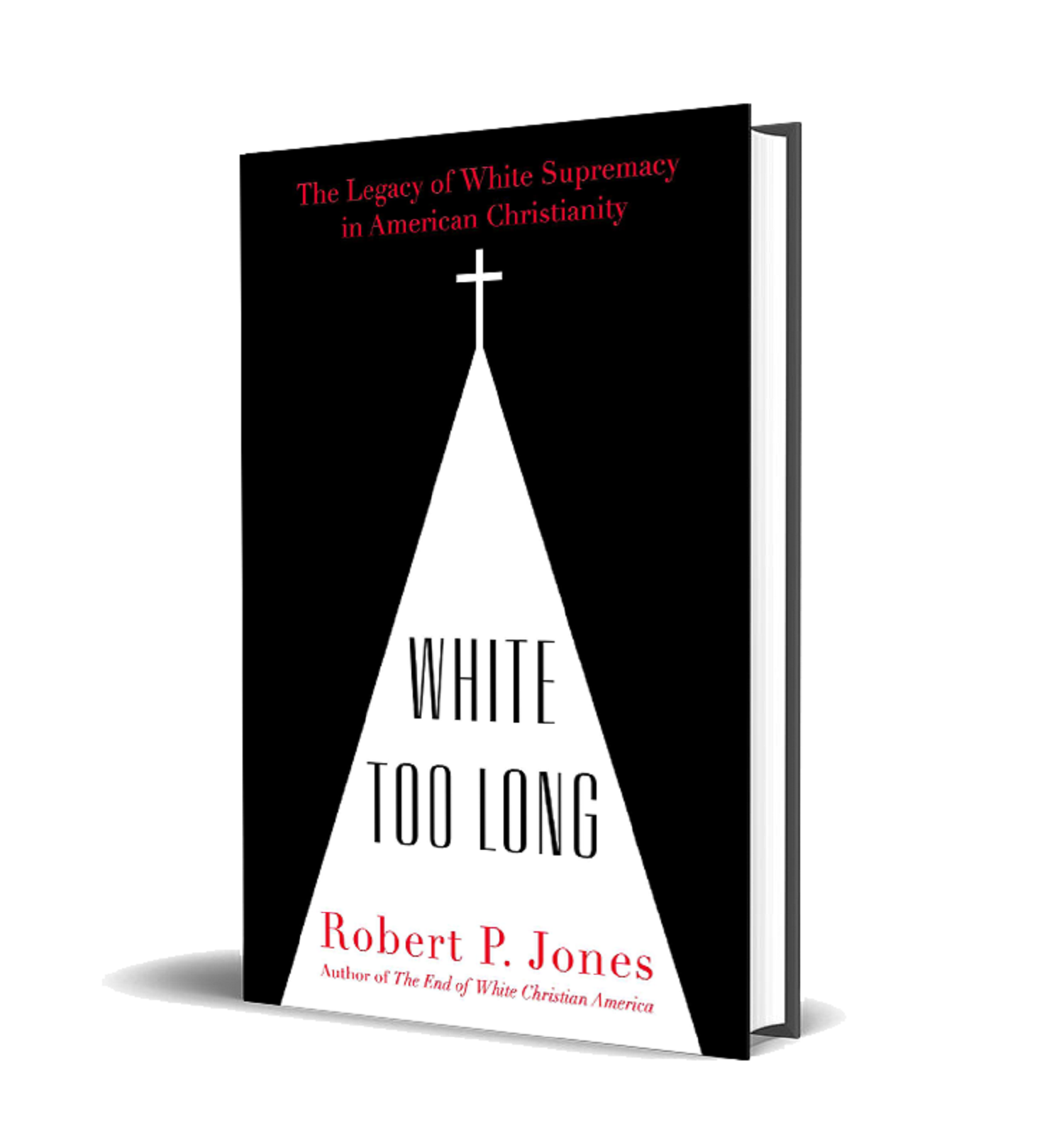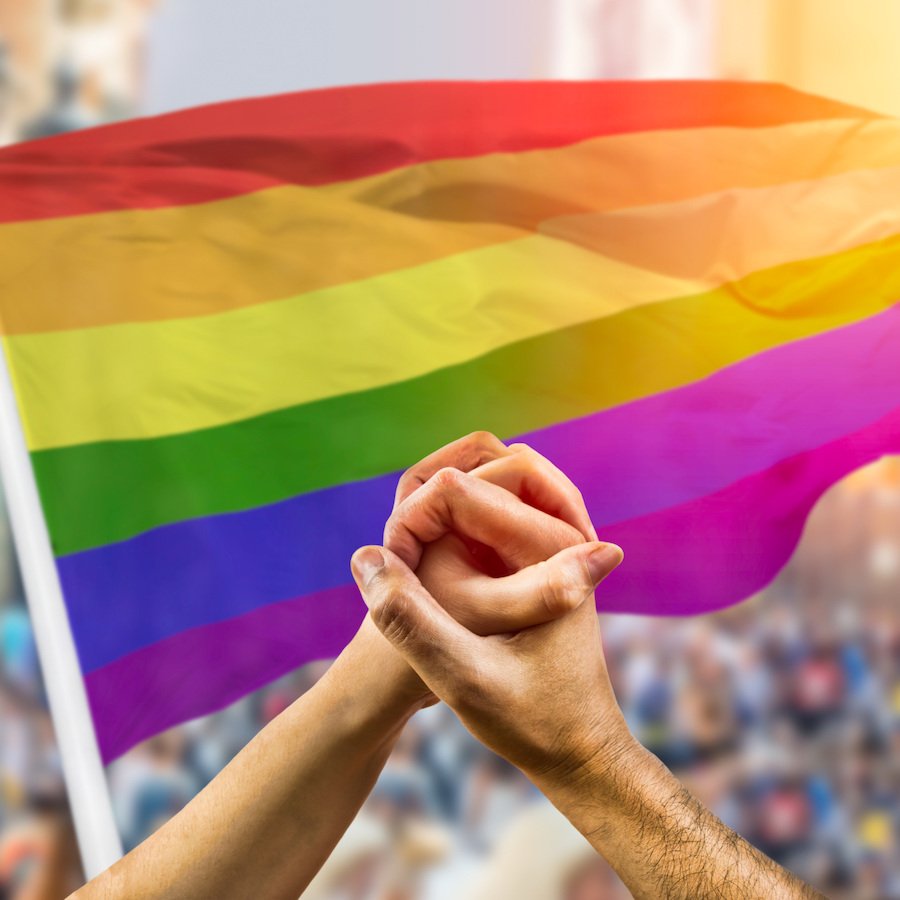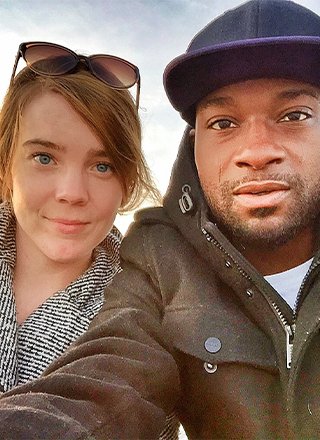By Robert P. Jones
|
The cry that religious freedom is under threat in America has become a staple talking point among conservative religious and political activists over the last decade. In its contemporary form, this declaration rarely refers to the free exercise of religion in religious spaces. Rather, increasingly, it refers to the idea that conservative Christians in particular should be legally empowered to behave according to their personal religious beliefs, even when they are operating as agents of the state, medical professionals, heads of nonprofit agencies entrusted with taxpayer funds or owners of businesses that are broadly open to the public. These religious freedom declarations most often are tied to policies connected to sexuality, such as businesses refusing products or services to LGBTQ people or pharmacists refusing to fill contraception prescriptions based on personal religious objections. But if we look more closely, we see that more is going on than meets the eye. This modern aggressive invocation of religious liberty was originally developed as a political sleight-of-hand tactic to cover a white supremacist agenda. |
 |
In fact, the genesis story of the Christian Right is not about abortion or gay rights but fundamentally about the assertion of religious freedom claims in the service of white supremacy. The opening scene features a court case, but it is Brown v. Board of Education in 1954 rather than Roe v. Wade in 1973.
The U.S. Supreme Court’s rejection of the separate but equal argument, requiring school desegregation, set off a flurry of panicked activity among whites in the South. The primary strategy, frequently led by white evangelical leaders and churches, was to set up private all-white academies and abandon the public schools. By the late 1970s, there were an estimated 3,500 such segregation academies established across the South, which educated 750,000 white children. A 1972 report by the National Council of Churches, the NAACP and others found that “one could usually identify a segregation academy by the use of the word ‘Christian’ or ‘church’ in its name.”
But the viability of most of these segregation academies was dependent upon their enjoying tax-exempt status, something the Nixon administration challenged, and the courts upheld in Green v. Connally (1971). The new policy flatly declared that “racially discriminatory private schools are not entitled to the Federal tax exemption provided for charitable, educational institutions.”
This policy posed an immediate threat both to segregation academies and to Christian higher educational institutions with segregationist practices. Bob Jones University in Greenville, S.C., became the public face of this fight and the stage on which the Christian Right political movement found its feet. Despite six years of warnings from the IRS, the university stubbornly continued to prohibit interracial dating among its students and, just for good measure, also blocked the admission of any unmarried African American students. In 1976, the IRS finally revoked the federal tax-exempt status of the university.
University leaders straightforwardly argued that its practices were rooted in their understanding of the Bible: “God has separated people for his own purposes. … Bob Jones University is opposed to intermarriage of the races because it breaks down the barriers God has established.”
Jerry Falwell Sr., whose own segregated school was implicated in these rulings, agreed with this sentiment. In a 1958 sermon blasting the 1954 Brown v. Board of Education ruling, Falwell had declared, “When God has drawn a line of distinction, we should not attempt to cross that line.” But Falwell also saw in the 1970s that the winds were shifting. He understood that widespread future support for such racist policies required repackaging raw biblically-based bigotry as a more acceptable abstract principle, an assertion of religious liberty.
It was primarily the defense of Bob Jones University and segregated schools, and not abortion or gay rights, that brought Falwell, Paul Weyrich and others together to launch the so-called “Moral Majority.” And it was primarily opposition to civil rights for Black Americans that fueled the great white Christian flight from the Democratic Party to the Republican Party between 1965 and 1980.
The racist heritage of the contemporary religious freedom strategy is still evident in public opinion patterns today. It is notable that despite the vast amount of political rhetoric asserting threats to religious liberty, and entire legal strategies contingent upon this assertion, only four in ten Americans believe that religious freedom is under threat in America today, according to a recent PRRI survey.
But these concerns are strongest among a single group that comprises only 15% of the population: White evangelical Protestants. This shrinking group stands alone as the only major religious group in the country in which a majority (72%) believe religious freedom is under threat. By contrast, less than four in ten Hispanic Americans (38%), one-third of Black Americans (33%), and 29% of Americans who identify as another race perceive such a threat.
Accompanying the sleight of hand that transforms bigotry into a principal of religious liberty is a second trick that transforms the powerful into the persecuted. White evangelicals have come to believe that the real victims of discrimination in this country are not those groups for which there is a documented history of oppression but rather white people and Christians.
While only about one-third of Americans overall believe that there is a lot of discrimination against either Christians (36%) or white people (32%) today, majorities of white evangelical Protestants believe there is (59% and 51% respectively). Remarkably, white evangelical Protestants today are more likely to believe that they themselves are discriminated against than they are to believe that is true for African Americans, Latinos, Muslims, Asians or LGBTQ people.
This funhouse mirror version of reality among white evangelicals is a key feature of white supremacy — and one that is at the core of the white Christian nationalist movement that is threatening American democracy today — the outright denial of the existence of systemic racism. For example, in my recent book, White Too Long: The Legacy of White Supremacy in American Christianity, I found that white evangelical Protestants are more likely than any other religious group to say that Confederate monuments and flags are merely expressions of Southern pride, to deny that past discrimination has any bearing on current racial inequalities and to believe that the killings of unarmed African Americans by police are just isolated incidents rather than part of a pattern of how police treat African Americans. On a composite Racism Index consisting of 15 questions, white evangelical Protestants score eight out of 10, where 10 indicates the greatest likelihood of holding racist attitudes.
Both of these deceptive moves hide the magician’s secret goal: To defend the arrogant, entitled idea that one’s own life is more valuable than others’. White evangelical Protestants have been willing to distort one of our most treasured principles, and reality itself, to defend this immoral assertion.
Robert P. Jones is the CEO and founder of Public Religion Research Institute and the author of White Too Long: The Legacy of White Supremacy in American Christianity.


